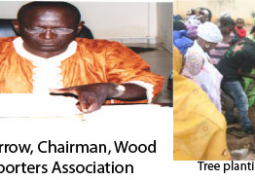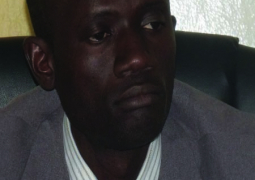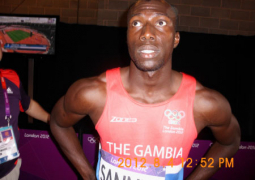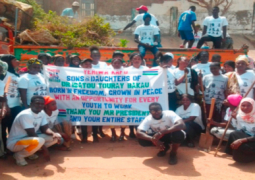(Friday, 23rd October 2009 Issue)
Policies and programme for poverty alleviation
Poverty Reduction Strategy Paper 11(2007- 2011) is a 5- year planning framework aimed at assisting The Gambia in its efforts to achieve the MDGs and Vision 2020. The long- term goal is to eradicate poverty by significantly increasing national income through sustained economic growth and reducing income and non-income inequalities through specific poverty reduction priority interventions.
Gender mainstreaming is one of the components of 5 pillars of the PRSP. and aims to empower local communities and women to influence and share control over priority setting, resource allocation and implementation towards achieving the PRSP goals and objectives.
The Gambia has benefited from the highly indebted poor country initiative in 2004 and 2008 and a large part of these funds went directly to soft loans and subventions for women?s groups, training of farmers and provision of water facilities for communities. The social and economic gains derived from women?s access to savings and credit has clearly impacted on the quality of their lives and that of their families, and it also promoted entrepreneurial development as they invest in farming activities, education of their children, among other things.
A greater understanding of the quantitative and qualitative dimensions of poverty has resulted in pro-poor policies, budgeting and programming which has translated into a reduction of poverty from 61% in 2003 to 58% in 2008. The Participatory Poverty Assessments (PPAs), the Multiple Indicator Cluster Survey (MICS) and the core welfare indicator survey have greatly contributed to this knowledge generation.
Credit Schemes For Women
In the credit schemes for women, the Social Development Fund has greatly facilitated women?s access to micro-credit, disbursed funds totalling to 90 million dollars to intermediary micro finance institutions (IMFI) consisting of NGOs and CBOs, who are registered with the Central Bank of The Gambia.
The Gambia Women?s Finance Association (GAWFA), National Association of Credit Union of the Gambia (NACCUG) and VISACAs have emerged as key players in the field of micro credit and have made financial resources available to women. Community Skills Improvement Project (CSIP) continued to support women groups with credit facility through the SDF from 2007 to 2008 and about 66% of the loans have been repaid.
Most of their clients are the rural poor, 70% of whom are women and about 90% of the lending goes to small enterprises which are predominantly owned by women. Repayment rates for microfinance loans have been in the range of 80% to 90%, indicating that loans to small borrowers with little collateral assets can still be successfully managed with the right institutional setting.
CSO Involvement In Poverty Reduction
The involvement of Civil Society Organisations and Local Government authorities is critical to the successful implementation of Poverty Reduction Strategy paper 11.
The pro-poor Advocacy Group ( ProPAG) plays a unique role in ensuring effective and popular participation during the consultations, as well as in facilitating ward and village development plans that fit into the overall national strategy.
In 2007, ProPAG conducted a study funded by UNICEF on budgeting in key government ministries, Local Government Areas and selected CSOs. The study reveals that there is a major gap in this area, as most of the institutions do not get gender budget, due to the lack of knowledge, inadequate capacity and lack of technical expertise.
Action Aid The Gambia is a leader in women?s economic empowerment and poverty reduction. They facilitates access and ownership of women to productive resources, such as credit, land and machines by working in partnership with NAWFA, ADWAC, WASDA and farmers platform, among others, in poverty eradication programmes.





